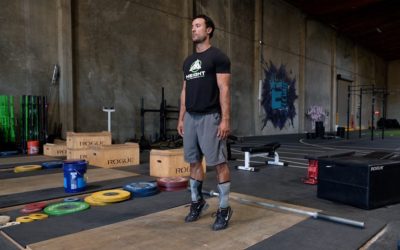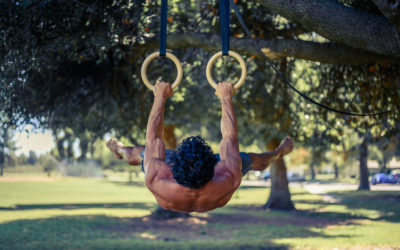The power clean is an accessory exercise for the the clean in Olympic weightlifting. It is also highly useful for the development of strength and athletic force development and force absorption.
Points of Performance:
- Start position should be with the barbell in close proximity to shins with the front edge of the shoulder slightly ahead of the bar when viewed from the side.
- The initial movement from the floor is initiated with a strong push from the quads.
- Back angle should remain constant from the floor to the time the barbell crosses the knees, at which time the torso will become more vertical.
- All upwards force on the barbell is produced by the legs.
- Arms aggressively pull your body down into the correct receiving position.
- Receive the bar above parallel (femur parallel or above in relation to floor).
- A missed power clean should result in a clean (full squat). In other words your feet should land in your squat position on all power cleans.
Error Correction:
- Slow turnover in clean
- Falling under clean/lack of elevation force on barbell during clean
- Barbell crashing onto shoulders in clean
- Improve timing between 2nd and 3rd pull
Common Faults:
- Pulling the bar upwards/muscling weight with arms
- Spreading the feet excessively to receive above parallel
Training Effects:
- Develops ability to accelerate barbell vertically/higher with legs.
- Increases speed of turnover.
- Develops ability to absorb force and abruptly arrest momentum.
Other Benefits:
- Effective at lighter weights to develop mechanics and consistency while still allowing recovery between tough workouts.
- Can be used easily by athletes with flexibility/movement limitations due to injury or lack of flexibility.
- Many variations to develop aforementioned effects in more specific training protocols.
See also: Hang Power Clean (below knee), Hang Power Clean (above knee), Hang Power Clean (upper thigh), Dip Power Clean
What’s the Point?
I was having a conversation with a friend involved in partner acrobatics about lifting weights. He has a background in sports and athletics, so I asked him if he still lifts weights. His response surprised me. The basic summary was that he didn’t lift weights anymore,...
A Novel Approach to Longevity
Growing old can happen at any age. The more time we spend doing the same things, the more atrophied our brains become to the things we don’t do. This includes both physical and mental capacities. A rigid and closed system prevents the brain from adapting and the body...
Two Sides of the Same Coin
Two fundamental ways we can make improvements in our fitness are through physical adaptations and technical improvements, or neurological adaptations. Physical adaptations require hard work, fortitude and pushing through discomfort and pain. Neurological adaptations...






